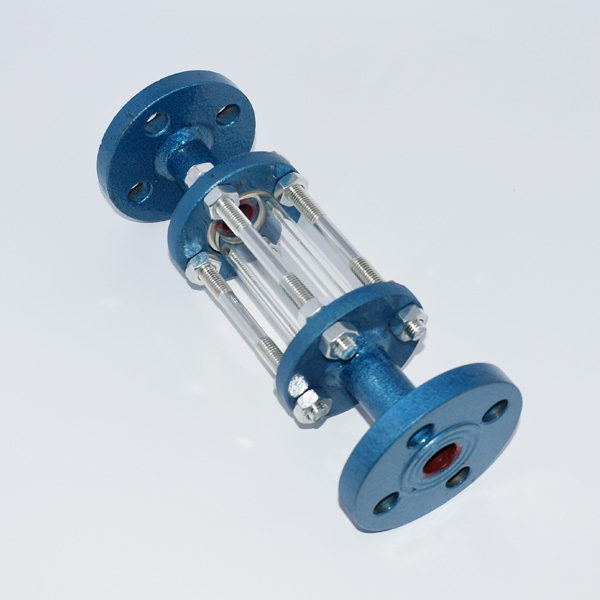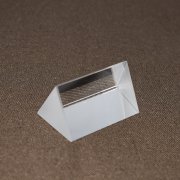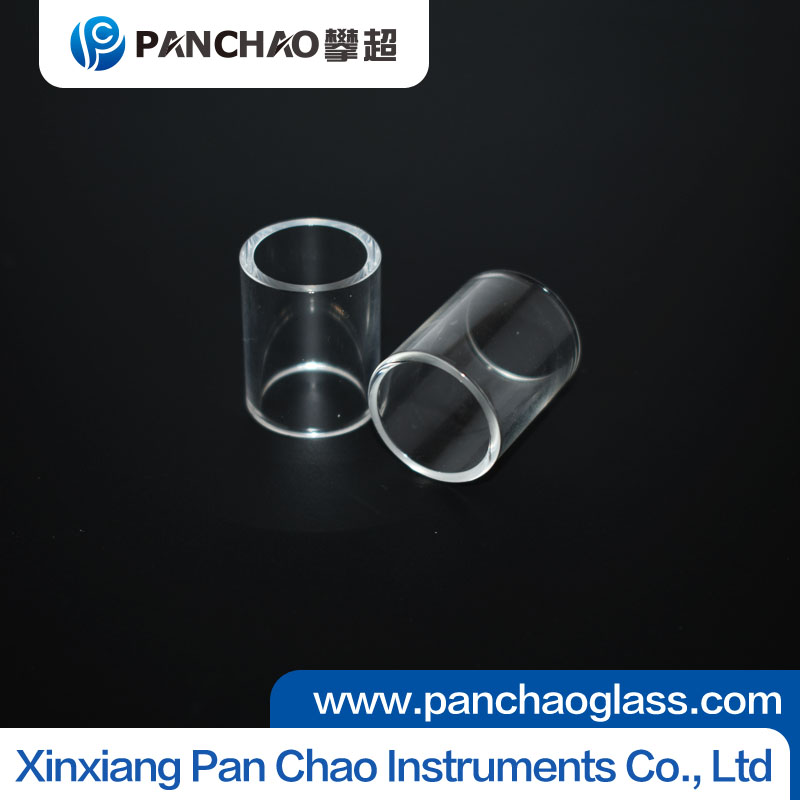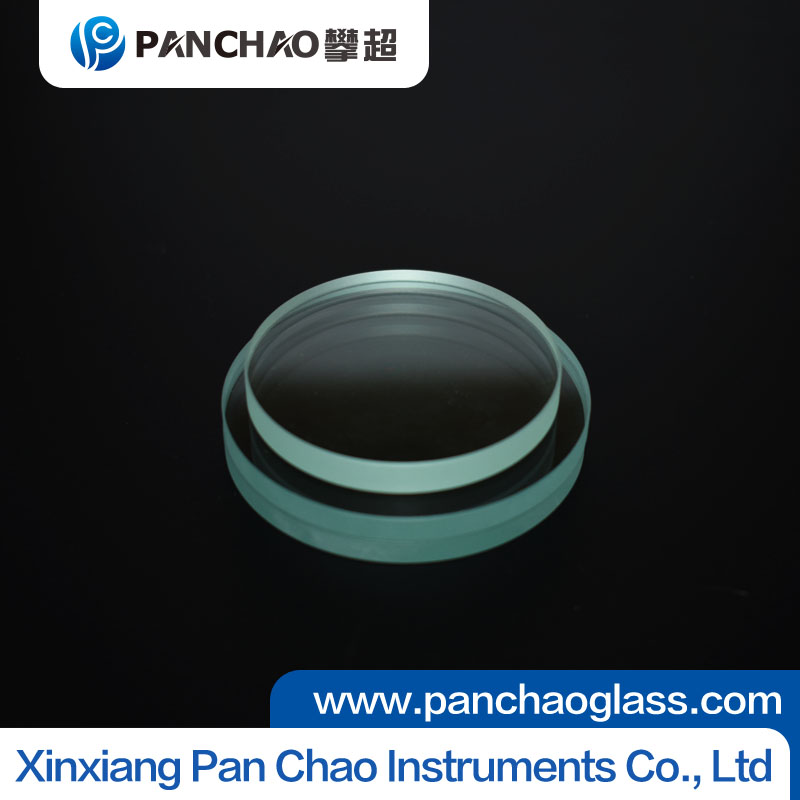
Triple Armor of Tempered Glass: Impact Resistance, Heat Tolerance, and Explosion Protection
Tempered glass is the unsung hero of modern architecture, automotive design, and consumer electronics—engineered to provide three critical layers of protection through advanced material science. Unlike ordinary annealed glass, which shatters into dangerous shards, tempered glass undergoes a rigorous transformation to achieve its remarkable durability. Here’s how this material masters the trifecta of safety and performance.
1. Impact Resistance: The First Line of Defense
Tempered glass is 4–5x stronger than standard glass against mechanical impacts. This is achieved through:
-
Thermal Tempering Process: Rapid cooling (quenching) creates compressive surface stresses (10,000+ psi) that resist cracks.
-
Breakage Pattern: When damaged, it fragments into small, blunt cubes (DIN 1249 standard) instead of sharp shards.
Real-World Test: A 6mm tempered panel can withstand a 227g steel ball dropped from 2m (JIS R3205 standard)—equivalent to resisting a cyclist’s collision at 15km/h.
2. Thermal Stability: Defying Extreme Temperatures
Where ordinary glass cracks under ΔT>40°C, tempered glass endures ΔT≥150°C thanks to:
-
Balanced Stress Distribution: The compressive surface layer counters thermal expansion.
-
Low Thermal Expansion Coefficient: 8.5×10⁻⁶/°C (vs. 9×10⁻⁶ for annealed glass).
Applications:
-
Oven doors (withstands 300°C)
-
Fire-rated windows (60+ minute integrity)
-
Solar panel covers (resists hail impacts)
3. Explosion Protection: Containing the Unpredictable
Tempered glass is the go-to choice for explosion-prone environments due to:
-
Energy Absorption: Up to 3x more fracture energy than annealed glass.
-
Laminated Hybrids: When combined with PVB interlayers, it can stop projectiles (UL752 Level 1-8).
Case Study: Bank teller windows use 12mm tempered + PVB laminates to resist shotgun blasts.
The Science Behind the Strength
-
Ion Exchange (Chemical Tempering):
-
Submerges glass in molten KNO₃ to replace Na⁺ ions with larger K⁺ ions.
-
Creates deeper compression zones (up to 50μm vs. thermal’s 20μm).
-
-
Cooling Rate Precision:
-
Quenching air nozzles maintain ±1°C uniformity for stress balance.
-
Limitations and Innovations
-
Not Cuttable Post-Tempering: Requires precise pre-cutting.
-
Edge Sensitivity: Micro-cracks at edges reduce strength by 30%—new edge polishing tech mitigates this.
-
Next-Gen Upgrades:
-
Gorilla Glass: Ion-exchange + alumina doping for 20x scratch resistance.
-
Self-Healing Polymers: Experimental coatings repair minor cracks.
-
Why It Matters
From smartphone screens to skyscraper facades, tempered glass prevents 200,000+ injuries annually (WHO estimates) by eliminating glass-related lacerations. Its triple-armor design exemplifies how material engineering saves lives while enabling bold designs.
Pro Tip: For critical applications, specify heat-soaked tempered glass (EN 14179-1)—it undergoes 290°C baking to eliminate nickel sulfide inclusions that cause spontaneous breakage.
In a world demanding both transparency and toughness, tempered glass delivers—proving that safety needn’t sacrifice clarity.
Related articles
- Why More Clients Choose Our Custom Tempered Glass Solutions?
- Anti-Reflective Coating Technology for Ultra-Clear Glass: How
- Ultra white glass: the 'invisible king' of high-end home and
- Application of Ultra White Glass in Building Curtain Walls: B
- Do buildings often use ultra white glass?
- Ultra white glass vs ordinary glass: the ultimate battle of t
- From raw materials to craftsmanship: Unveiling the "flawles
- Ultra white glass: Why is it more transparent than ordinary g
- Cleaning and maintenance methods for high borosilicate glassw
- Laboratory Glass Material Selection Guide: Why Choose High Bo

Xinxiang Pan Chao Instruments Co., Ltd.
Tel: +86 13343800331
Contact person:Carrie Niu
Fax: 0373 303 0331
Email:sales@panchaoglass.com






